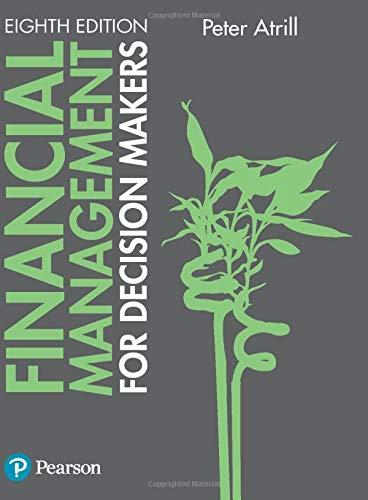Question
ch3 1) Distinguish between coupon rate, yield to maturity, and current yield. 2) Describe the cash flows received from owning a coupon bond. 3) What
ch3
1) Distinguish between coupon rate, yield to maturity, and current yield.
2) Describe the cash flows received from owning a coupon bond.
3) What concept is used to value a bond?
4) How is a bond's current yield calculated? Why is current yield a more accurate approximation of yield to maturity for a long-term bond than for a short-term bond?
5) Why are long-term bonds more risky than short-term bonds?
6) What is interest-rate risk and how is it measured?
7) Why may a bond's rate of return differ from its yield to maturity?
8) How does reinvestment risk differ from interest-rate risk?
9) What is the distinction between the nominal interest rate and the real interest rate? Which is a better indicator of incentives to borrow and lend? Why?
10) Describe how Treasury Inflation Protection Securities (TIPS) work and how they help policymakers estimate expected inflation.
11) What is the purpose of discounting cash flows?
Step by Step Solution
There are 3 Steps involved in it
Step: 1

Get Instant Access to Expert-Tailored Solutions
See step-by-step solutions with expert insights and AI powered tools for academic success
Step: 2

Step: 3

Ace Your Homework with AI
Get the answers you need in no time with our AI-driven, step-by-step assistance
Get Started


